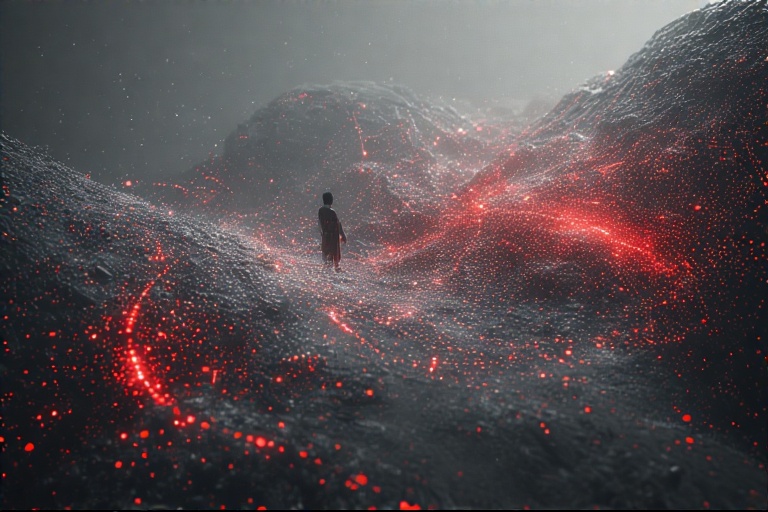Reinforcement learning (RL) started as an academic curiosity: agents exploring virtual worlds to maximize a point score. Over the last decade, advances in algorithms, computing power and simulation platforms have pushed RL beyond digital environments into the physical realm. Today, robots learn manipulation, locomotion and coordination tasks through trial and error, closing the loop between simulated practice and real-world performance.
1. From Atari to Complex Simulators
Early deep RL breakthroughs came in gaming domains. In 2013, Deep Q-Networks (DQN) mastered dozens of Atari 2600 titles by observing raw pixels and predicting actions to maximize cumulative reward. Building on that, AlphaZero unified RL with Monte Carlo tree search to conquer Go, Chess and Shogi without human priors. These successes proved that RL could handle high-dimensional inputs and long planning horizons, laying the groundwork for real-world applications.
2. Key Algorithms That Power Real-World RL
Several modern methods stand out for their balance of stability and efficiency:
- Proximal Policy Optimization (PPO): Strikes a compromise between sample efficiency and ease of tuning by clipping policy updates.
- Soft Actor-Critic (SAC): Optimizes a stochastic policy under an entropy regularizer, boosting exploration.
- Twin Delayed DDPG (TD3): Addresses function approximation errors in actor-critic by delaying policy updates and using clipped critics.
These methods form the backbone of most robotic RL systems, thanks to their ability to learn continuous control policies from high-dimensional observations.
3. From Sim to Lab Bench: Bridging the Reality Gap
Training on physical hardware is slow and risks damage, so most practitioners start in simulation. Yet simulated physics and sensors rarely match reality perfectly. To close this “reality gap,” engineers rely on:
- Domain Randomization: Randomly alter textures, lighting and physics parameters so policies generalize to unseen conditions.
- System Identification: Tune simulator parameters—mass, friction, joint damping—based on real hardware measurements.
- Hybrid Training: Alternate between virtual rollouts and short real-robot trials to fine-tune policies.
These strategies help ensure that a robot hand trained to pick objects in simulation can grasp real items on a benchtop.
4. Let me show you some examples of RL in robotics
- Dexterous Manipulation: A robotic hand was taught to solve a Rubik’s Cube by practicing millions of trials in a simulated environment and then adapting to a physical hand with minimal additional tuning.
- Legged Locomotion: Quadruped robots learn stable gaits on uneven terrain by optimizing a reward function that balances speed, energy use and stability.
- Autonomous Drone Flights: Small aerial vehicles navigate obstacle courses using policies learned in simulation and refined with real-world flight data.
5. A Practical RL Workflow for Robotics
Adopting RL in a robotics project involves several core steps:
- Task Definition: Design a reward function that captures desired behaviors—e.g., grasp success or distance traveled without falling.
- Simulation Setup: Build a virtual environment using PyBullet, MuJoCo or Isaac Gym, modeling the robot and its workspace.
- Algorithm Selection: Choose an RL method (PPO, SAC, TD3) based on control dimensionality and sample-efficiency needs.
- Training and Tuning: Run experiments, monitor learning curves and adjust hyperparameters like learning rate, batch size and entropy weight.
- Reality Transfer: Apply domain randomization and run short real-robot trials, collecting data to refine the policy.
- Continuous Improvement: Loop back: incorporate new real-world data into simulation or retrain with updated environments.
6. Technical Hurdles and Safety Constraints
Despite progress, real-world RL still faces significant barriers:
- Sample Inefficiency: Physical trials are slow and wear out hardware. Researchers are exploring offline RL—learning from logged experience—to reduce live experiments.
- Exploration Risks: Unconstrained exploration can damage robots or surroundings. Safe exploration frameworks that impose constraints during learning are under active development.
- Reward Specification: Poorly defined rewards may lead to unintended shortcuts—policies exploiting simulation quirks rather than genuine task completion.
7. Scaling Up: Multi-Agent and Multi-Task Learning
Real workplaces demand robots that can switch tasks or collaborate. Recent work explores:
- Multi-Task RL: Training a single policy to perform diverse tasks by conditioning on a task vector or language instruction.
- Multi-Agent Coordination: Agents learn to cooperate on warehouse packing or drone swarms by sharing observations and negotiating roles.
These approaches aim to make RL systems more flexible and cost-effective for industrial deployment.
8. Future Directions
Several research frontiers promise to push RL further into the physical world:
- Meta-Reinforcement Learning: Enabling agents to adapt quickly to new tasks by leveraging prior experience.
- Hierarchical RL: Decomposing complex behaviors into sub-policies, so high-level planners guide low-level controllers.
- Explainable Policies: Developing methods to interpret and debug learned behaviors, essential for safety certification.
Conclusion
Reinforcement learning has matured from arcade-game experiments to real-world robotic systems that manipulate objects, traverse rough terrain and coordinate in teams. By combining robust simulation, domain randomization and iterative hardware trials, engineers teach machines through trial and error. While challenges remain in efficiency, safety and generalization, ongoing advances in meta-learning, hierarchical control and offline methods point toward a future in which robots learn new skills with minimal human intervention. The journey from pixels on a screen to dexterous hardware underscores RL’s transformative potential—and the exciting path that still lies ahead.







Add a Comment